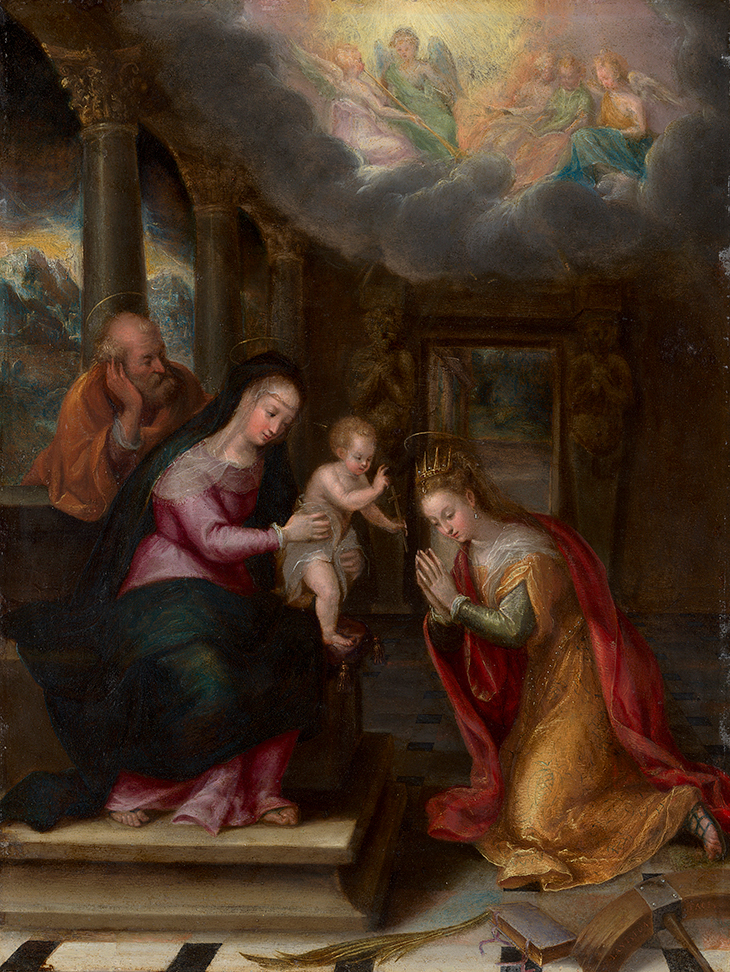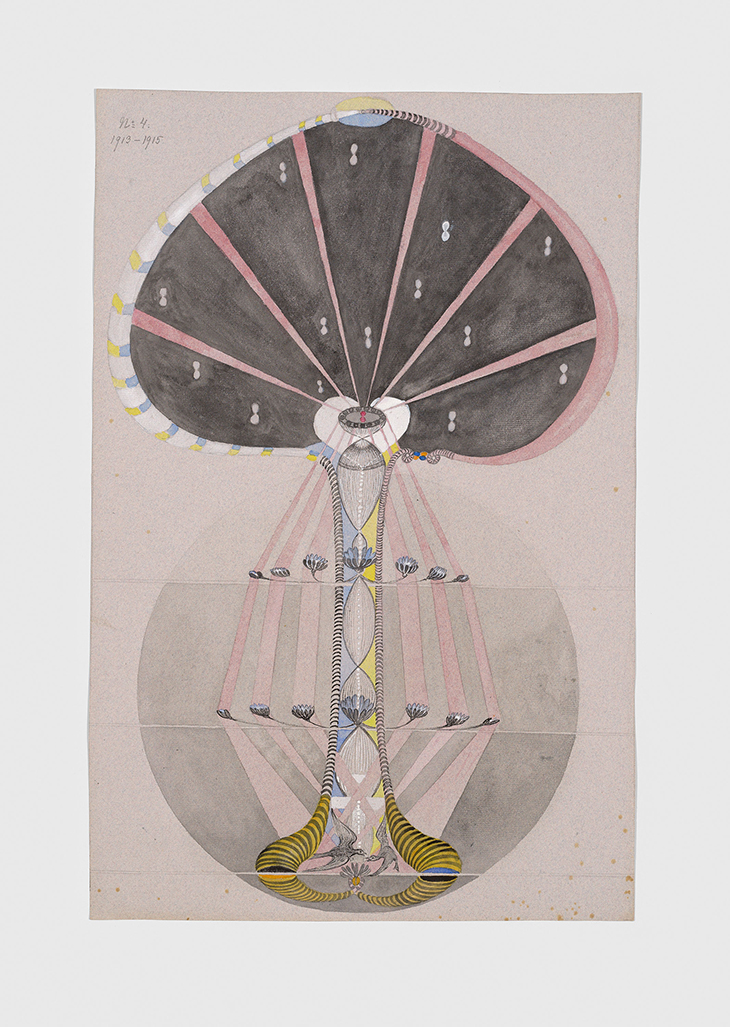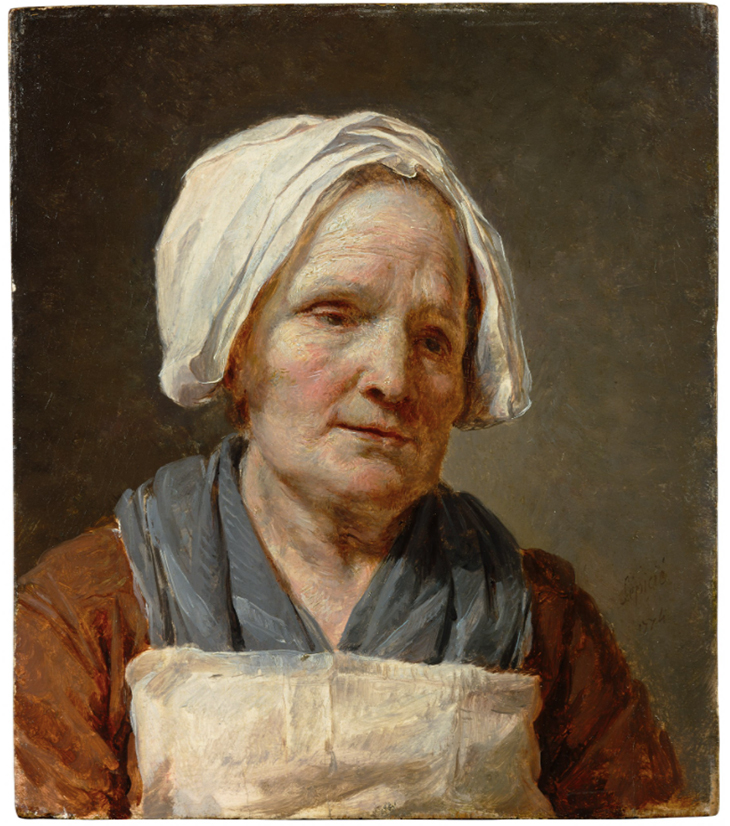A round-up of the best works of art that have recently entered public collections
Metropolitan Museum of Art, New York
Roundel (c. 1500), Gian Marco Cavalli
With its enchanting allegory of Venus subduing Mars with love while her husband, Vulcan, labours over a helmet for the god of war, this bronze relief, embellished with gilding and silver inlay, is among the most technically sophisticated roundels to have survived from the early Renaissance. It has been attributed to Gian Marco Cavalli, a contemporary of Andrea Mantegna at the Gonzaga court in Mantua, previously known chiefly through documented collaborations with Mantegna and Antico. At $23m, it is the second most expensive purchase in the Met’s history – and the largest since Max Hollein became director. For more on the complicated recent history of the object, read Apollo’s report on the acquisition here.

Roundel (c. 1500) attributed to Gian Marco Cavalli. Courtesy Metropolitan Museum of Art, New York
Minneapolis Institute of Art
Christ Among the Doctors (c. 1685), Luca Giordano
One of four frescoes painted by the Neapolitan baroque painter on wicker – a new kind of portable mural invented in Florence in the 17th century – this work is the first Italian fresco to enter Mia’s collection. It depicts Christ, on a raised seat with glittering halo, holding court to his enraptured elders in Giordano’s typically free and fluid style; the artist completed the work, a tondo more than a metre in diameter, in just two days. It complements another recent acquisition with which Mia has strengthened its Italian holdings – a pair of monumental lions, carved from red Verona marble in the 13th century and attributed to the workshop of Anselmo da Campione.

Christ Among the Doctors (c. 1685), Luca Giordano. Minneapolis Institute of Art
National Gallery of Victoria, Melbourne
Mystic Marriage of St Catherine (c. 1575), Lavinia Fontana
This is the first painting by Fontana, one of the earliest professional women artists in Europe, to enter a public collection in Australia. Completed in her early twenties, it depicts Saint Catherine’s consecration of her virginity to the infant Christ in the mystic marriage; foreshadowing Catherine’s martyrdom, a wheel is visible in the lower right-hand corner, on which Fontana has inscribed her signature. Purchased with funds from the bequest of Alfred Felton in the early 20th century, the painting is the latest example of the recent trend that has seen numerous museums seeking to acquire works by previously overlooked female Old Masters.

Mystic marriage of St Catherine (c. 1575), Lavinia Fontana. National Gallery of Victoria, Melbourne
Glenstone Museum, Potomac
Tree of Knowledge (1913–15), Hilma af Klint
The private museum founded by Maryland collectors Emily and Mitchell Rales in 2006 has pulled off a coup, becoming the first institution in the US to own works by the Swedish mystic Hilma af Klint, whose star has risen in recent years, courtesy of hugely popular surveys at the Serpentine in London and at the Guggenheim, New York. One of the reasons that Klint’s works are so rare on the market is that she stipulated before her death that she did not want her works to be sold individually, preferring that they were bought as series. Glenstone’s acquisition comprises eight watercolours, in which a figure of a tree undergoes a mysterious process of transformation. Tree of Knowledge is currently on display at David Zwirner, London (until 2 April); it was acquired from the gallery during an exhibition in New York.

Tree of Knowledge, No. 4 (1913–15), Hilma af Klint. Glenstone Museum, Potomac. Courtesy David Zwirner
National Galleries of Scotland
At the Edge of Town (1986–88), Peter Doig
At the Edge of Town is the first work by Doig to enter the National Galleries in Edinburgh, the city in which the Trinidad-based painter was born in 1959. An early work, the painting has been described by Doig as his first that ‘referred directly to landscape’, setting the tone for the lurid, dreamlike Caribbean scenes for which he has since become famous, and which have rather priced him out of the range of Scotland’s National Galleries. At the Edge of Town was acquired, with help from Doig and his family, through the Acceptance-in-Lieu scheme from the estate of Doig’s first wife, Bonnie Kennedy.
Musée Cognacq-Jay, Paris
Old Woman with a White Headscarf (1774), Nicolas-Bernard Lépicié
Ranked in his own day alongside Chardin – a family friend and important influence – Nicolas-Bernard Lépicié is less well-known today. This oil-on-panel bust of an old woman is a study of the figure of the old woman in a larger genre scene, Les Accords, held in Grenoble. The artist was known to complete numerous face studies during the composition of his paintings, developing a kind of Rousseauian sympathy with his subjects, and this work exhibits all of his subtlety and intimacy. At the Cognacq-Jay it complements another study of the same size and date, La Coiffe Blanche, beside which it now hangs.

Old Woman with a White Headscarf (1774), Nicolas-Bernard Lépicié. Musée Cognacq-Jay, Paris














![Masterpiece [Re]discovery 2022. Photo: Ben Fisher Photography, courtesy of Masterpiece London](http://zephr.apollo-magazine.com/wp-content/uploads/2022/07/MPL2022_4263.jpg)
‘Like landscape, his objects seem to breathe’: Gordon Baldwin (1932–2025)